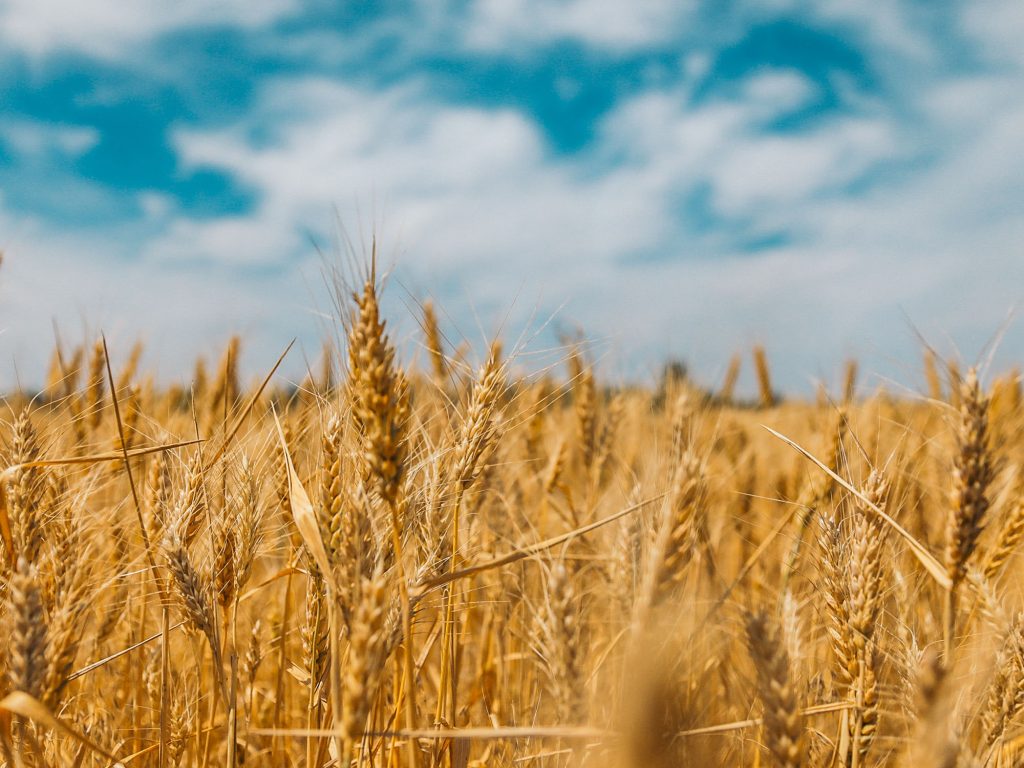For the second year running, Russia’s Victory Day parade in Moscow on May 9 featured just one solitary tank. Throughout his twenty-four year reign, Russian ruler Vladimir Putin has used the annual Victory Day holiday to showcase his country’s resurgence as a military superpower. However, the underwhelming spectacle of a single World War II-era T-34 tank pootling across Red Square has now become a embarrassing tradition and a painful reminder of the catastrophic losses suffered by the Russian military in Ukraine.
Prior to the full-scale invasion of Ukraine in 2022, Victory Day parades had typically featured dozens of tanks as the Kremlin sought to demonstrate its vast arsenal and trumpet Russia’s leading role in the defeat of Nazi Germany. The difference this year did not go unnoticed, with many commentators poking fun at Putin. “This T-34, the legendary Soviet tank from World War II, was the only Russian tank on display at the Victory Day parade in Red Square today. The others must all be busy somewhere!” quipped Financial Times Moscow bureau chief Max Seddon.
Putin’s parade came just one day after analysts at open source conflict monitoring site Oryx announced that visually confirmed Russian tank losses in Ukraine had passed the 3000 mark. Oryx researchers document military losses based on video or photographic evidence, while recognizing that overall figures are likely to be “significantly higher” than those verified by publicly available open source materials. Meanwhile, the latest figures from the Ukrainian military indicate Russia has lost as many as 7429 tanks since February 2022. While Ukraine’s claims regarding Russian battlefield losses are generally treated with a degree of skepticism, even the visually confirmed baseline figure of 3000 tanks underlines the devastating toll of Putin’s invasion on the Russian military.
In addition to exposing the Kremlin’s dwindling supply of tanks, this year’s strikingly modest Victory Day festivities have also drawn attention to other negative consequences of Russia’s ongoing Ukraine invasion. During the buildup to the holiday, a number of major Russian cities including Pskov, Kursk, Bryansk, and Belgorod announced they would not be staging traditional Victory Day parades this year. These cancellations were justified on security grounds, highlighting the growing threat posed by Ukraine to targets inside Russia.
Since the start of 2024, Ukraine has brought the war home to Russia with a highly successful long-range drone campaign against the country’s oil and gas industry, including air strikes against refineries located more than one thousand kilometers from the Ukrainian border. While Kyiv has largely refrained from attacks on civilian targets, Ukraine’s proven ability to strike deep inside Russia is a major blow to the Kremlin, which has vowed to shield the Russian public from the war and prevent any disruption to everyday life.
Stay updated
As the world watches the Russian invasion of Ukraine unfold, UkraineAlert delivers the best Atlantic Council expert insight and analysis on Ukraine twice a week directly to your inbox.
The downgrading of Russia’s Victory Day celebrations is a personal blow for Putin, who has sought to place the holiday at the heart of efforts to revive Russian nationalism following the loss of status and perceived humiliations of the early post-Soviet period. This approach marked a departure from the Soviet years, when Victory Day was overshadowed by a number of more ideologically driven holidays such as May Day and the annual anniversary of the October Revolution. Indeed, during the 46-year period between the end of World War II and the fall of the USSR, the Soviet authorities held just three Victory Day military parades in Moscow.
It was Putin who masterminded the rise of Victory Day to its current position as Russia’s most important public holiday. Since the early 2000s, he has transformed Victory Day into the propaganda centerpiece of a pseudo-religious cult, complete with its own sacred symbols, feast days, saints, and dogmas. Anyone who dares question the Kremlin’s heavily distorted and highly sanitized version of the Soviet role in World War II is treated with the kind of ruthless severity once reserved for medieval heretics. Meanwhile, in a further nod to the continued potency of the World War II narrative in Putin’s Russia, opponents of the Kremlin are routinely branded as “fascists” and “Nazis.”
Eurasia Center events
The mythology surrounding Putin’s Victory Day cult is not just a matter of repairing battered Russian national pride. It has also helped strengthen perceptions of the Russian army as unbeatable. Both inside Russia and among international audiences, the pomp and propaganda surrounding the holiday have encouraged people to view the Russian army as simply too big and powerful to be defeated. This is complete nonsense. The past few centuries of Russian history are littered with resounding military defeats including the Crimean War, the Russo-Japanese War, and the failed Soviet invasion of Afghanistan. Russia even managed to lose World War I, despite starting the war on the winning side.
The historically unjustified but widespread belief that Russian victory is somehow inevitable has helped shape the West’s weak response to the invasion of Ukraine. When the war began, most Western observers were convinced Ukraine would fall in a matter of days. Even after the Ukrainian military shocked the world by winning battle after battle and liberating half the land occupied by Russia, many have clung to the assumption that eventual Russian victory remains assured. This defeatist thinking has been an important factor hampering efforts to arm Ukraine adequately. It may yet become a self-fulfilling prophesy.
The sight of a lone tank on Red Square this week is a timely reminder that behind the facade of overwhelming strength, Putin’s Russia is far from invincible. For years, the Kremlin has sought to intimidate the outside world with carefully choreographed displays of military muscle-flexing. However, the invasion of Ukraine has revealed a very different reality. Since February 2022, Putin’s once vaunted army has seen its reputation plummet and has suffered a series of stinging battlefield defeats while failing to achieve a decisive breakthrough against its much smaller neighbor. The Russian military remains a formidable force and should not be underestimated, but the events of the past two years have demonstrated that it is also very much beatable. If Ukraine is finally given the necessary tools by the country’s partners, it will finish the job.
Peter Dickinson is editor of the Atlantic Council’s UkraineAlert service.
Further reading
UkraineAlert
May 7, 2024
Ukraine’s second city is struggling to survive amid relentless Russian bombing
By
Maria Avdeeva
Ukraine’s second city, Kharkiv, is struggling to survive amid a campaign of relentless Russian bombing that aims to make the city unlivable, writes Maria Avdeeva.
UkraineAlert
May 3, 2024
UK gives Ukraine green light to use British weapons inside Russia
By
Peter Dickinson
UK Foreign Secretary David Cameron has confirmed that Ukraine can use British weapons to attack Russia as Western leaders continue to overcome their fear of provoking Putin, writes Peter Dickinson.
UkraineAlert
May 2, 2024
Ukraine’s new mobilization law leaves demobilization issue unresolved
By
Elena Davlikanova, Kateryna Odarchenko
Ukraine urgently needs to replenish the ranks of the country’s depleted military, but the recently adopted mobilization law fails to address the key issue of demobilization, write Elena Davlikanova and Kateryna Odarchenko.
The views expressed in UkraineAlert are solely those of the authors and do not necessarily reflect the views of the Atlantic Council, its staff, or its supporters.
The Eurasia Center’s mission is to enhance transatlantic cooperation in promoting stability, democratic values and prosperity in Eurasia, from Eastern Europe and Turkey in the West to the Caucasus, Russia and Central Asia in the East.
Follow us on social media
and support our work
The post Putin’s one tank victory parade is a timely reminder Russia can be beaten appeared first on Atlantic Council.
You may also like
-
US tariffs on Chinese batteries. What does it mean?
-
California’s battery boom is a case study for the energy transition
-
The United States should look to Turkey as a regional balancing actor against Iran
-
The Islamic Republic claims to support US student protests, but it crushed its own student uprising
-
Russia’s Georgia strategy offers hints of Kremlin vision for Ukraine

